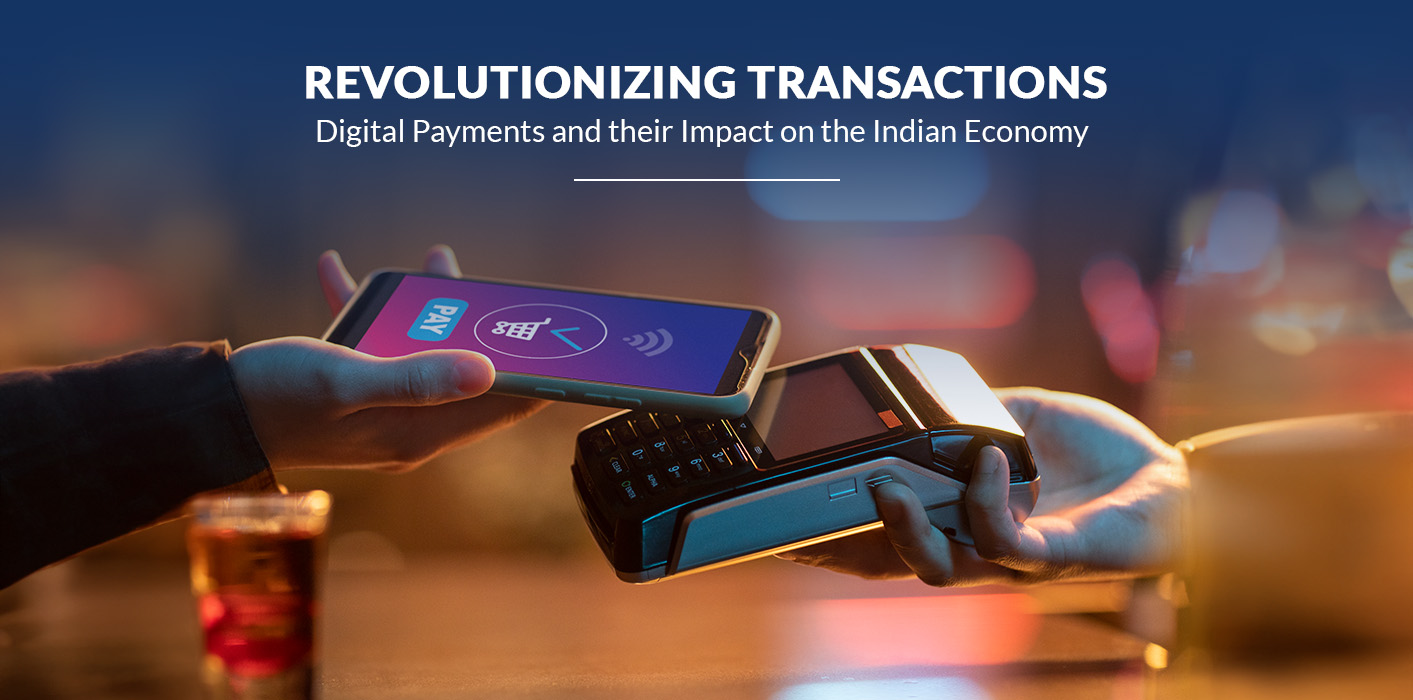Revolutionizing Transactions: Digital Payments and their Impact on the Indian Economy
In the heart of the bustling streets of India, where tradition and modernity unite, a silent revolution has been taking place over the past decade. The clinking of coins and the rustling of paper money are slowly being drowned out by the hum of digital transactions. This is the reality that digital payments are rapidly weaving into the fabric of Indian life, and it’s a transformation that’s as exciting as it is impactful.
What are Digital Payments in India?
In the labyrinth of India’s diverse economic strata, digital payments have emerged as a technological beacon. From the ever-popular mobile wallets to the Unified Payments Interface (UPI) system, the landscape is evolving. Digital payments in India encompass any transaction made electronically, removing the need for physical currency. It’s a revolution that aims to simplify financial transactions, bringing convenience and efficiency to the fingertips of millions.
Growth of Digital Payments in India
The journey of digital payments in India has been nothing short of phenomenal. Remember the days of queueing at the bank for a simple withdrawal? Today, thanks to government initiatives like Digital India and BHIM, mobile internet penetration, and the rise of tech-savvy millennials, digital transactions have skyrocketed. In 2021-22 alone, India witnessed over 8,840 crore digital transactions, a staggering 72% increase from the previous year. This growth shows no signs of slowing down, making India one of the fastest-growing digital payments markets globally.
Impact of Digital Payments on the Indian Economy
The ripple effects of this digital wave are far-reaching, positively impacting various sectors of the Indian economy:
- Financial inclusion: Digital payments are reaching previously unbanked populations in rural areas, empowering them with access to financial services and boosting financial literacy.
- Transparency and efficiency: The shift towards cashless transactions reduces black money circulation and tax evasion, leading to a more transparent and efficient financial system.
- E-commerce boom: The ease and security of digital payments fuel the growth of e-commerce, creating new job opportunities and boosting economic activity.
- SME growth: Small and medium enterprises (SMEs) benefit from faster and easier payment settlements, improved cash flow, and access to wider customer bases.
- Government initiatives: Digital payments facilitate direct benefit transfers, subsidies, and other government programs, ensuring transparency and timely delivery of benefits to citizens.
Benefits of Digital Payments in India
Apart from its economic impact, digital payments offer a plethora of benefits for individuals:
- Convenience and speed: Skip the queues and pay instantly for anything, from groceries to movie tickets, with just a few clicks or taps.
- Security and transparency: Track your transactions easily and enjoy greater security compared to carrying cash.
- Rewards and cashback: Many digital payment platforms offer attractive rewards and cashback programs, making your spending even more rewarding.
- Financial planning and budgeting: Digital transactions provide a clear record of your expenses, helping you manage your finances effectively.
What is the Say of RBI on Digital Payments
- Know Your Customer (KYC) norms: RBI emphasizes strong KYC practices for digital wallets and other platforms to prevent financial fraud and money laundering.
- Data security and privacy: The RBI has issued regulations on data security and privacy for financial institutions and payment service providers, requiring them to implement robust measures to protect user information.
- Dispute resolution mechanisms: RBI mandates accessible and efficient dispute resolution mechanisms for digital transactions, ensuring consumer protection and prompt redressal of grievances.
- Open APIs and interoperability: The RBI promotes open APIs and interoperability between different payment systems, fostering innovation and competition in the digital payments landscape.
- Regulation of digital lending: RBI has introduced regulations for digital lending platforms to ensure transparency, fair practices, and consumer protection in the rapidly growing online lending space.
- Innovation and sandboxes: The RBI actively encourages responsible innovation in the digital payments sector and has established regulatory sandboxes to facilitate the testing and development of new technologies and products.
Some initiatives by the government
- Digital Payments Infrastructure (DPI): This initiative aims to create a robust and inclusive digital payment infrastructure across India, particularly in rural areas.
- Payments Vision 2025: This roadmap outlines the RBI’s vision for a future-ready digital payments ecosystem in India, focusing on areas like mobile payments, Aadhaar integration, and cybersecurity.
- Financial Literacy initiatives: The RBI actively promotes financial literacy programs to educate people about responsible digital payment practices and raise awareness about consumer protection measures.
As the digital payment ecosystem continues to flourish, India finds itself at the forefront of a financial revolution. The journey from cash-centric to cashless has not only streamlined transactions but has also opened avenues for innovation and economic growth. With the RBI steering the ship, the future seems promising, heralding an era where the clinking coins of the past are replaced by the seamless hum of digital transactions, echoing progress and economic vitality.








